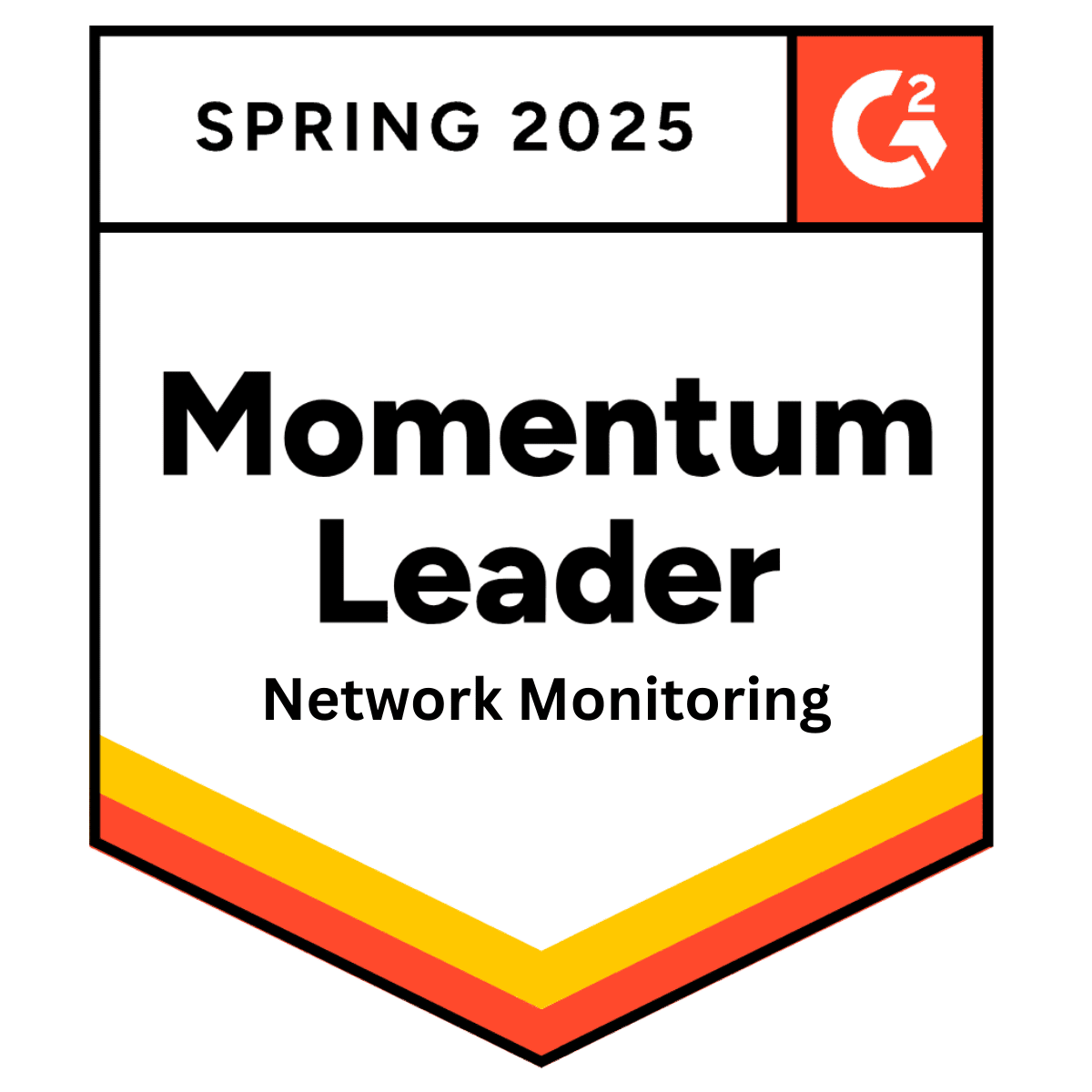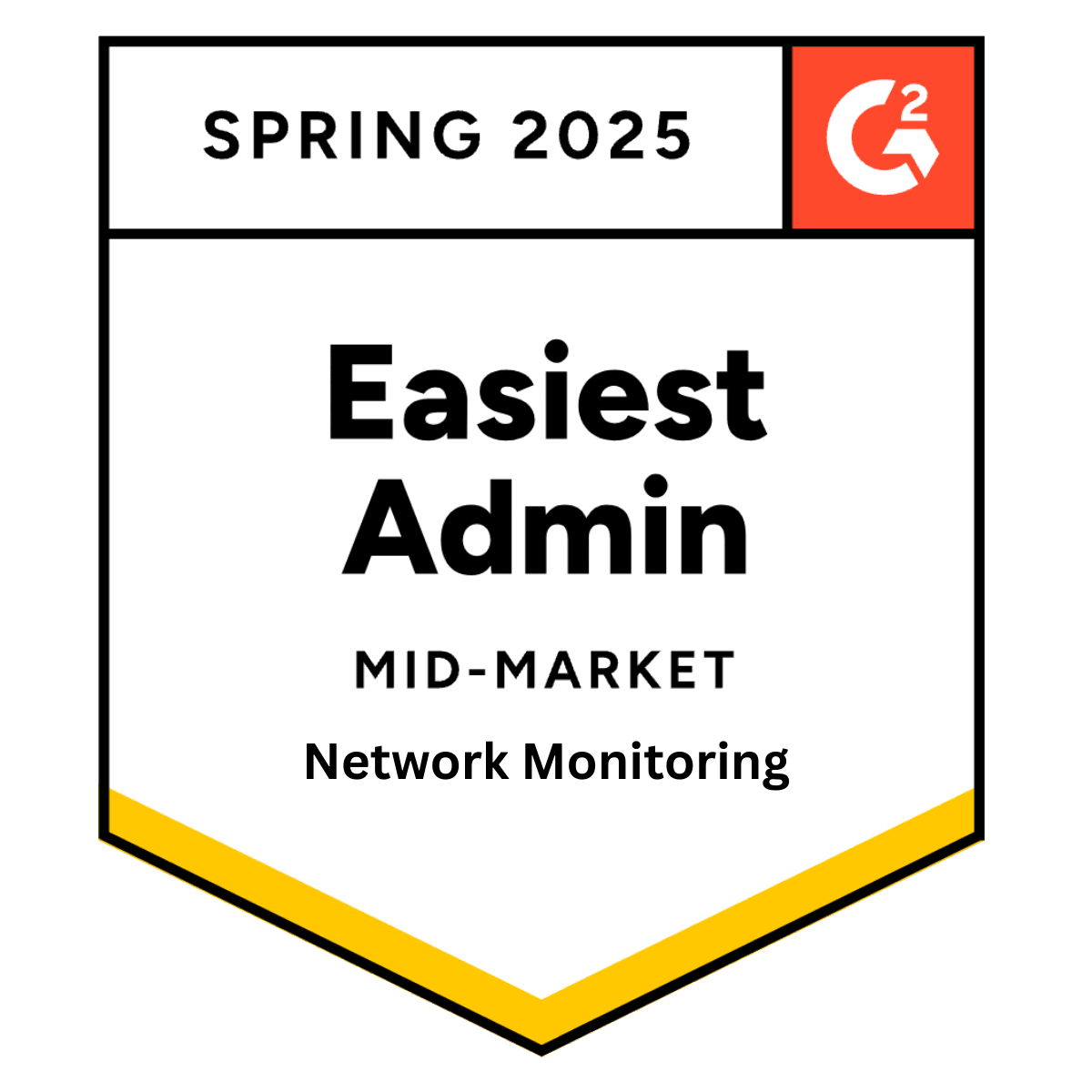5 Essential Tips on Growing your IT Consulting Business
Five essential tips to help you in your journey to grow a successful IT consulting business.
Growing your IT consulting business is difficult and can be an expensive undertaking. You have to differentiate yourself from your competitors in ways that have meaning and return on investment for your customers and your potential customers. In this post, we describe five essential tips to help you in your journey to grow a successful IT consulting business, to make your customers happy, and to provide the best possible services while doing so.
1. Monitoring
The only way to keep your eye on all your customer's environments at once is to setup centralized monitoring of their systems. You can't watch everything 24 hours a day, seven days a week, so you must setup monitoring so that you're notified if a service, a website, or an entire system goes offline unexpectedly. Once you've setup monitoring, you can rest easier knowing that you'll receive instant notification should anything go wrong. Your customers will also sleep better knowing that you're available at a moment's notice in case of an outage.
This offering can grow your business by assuring potential customers of your watchful eye. Even a one-person consultancy can provide excellent monitoring capability through notifications (alerts) that are sent to your mobile device. You'll know as soon as something happens so that you can respond accordingly and meet your service level agreement with your customer.
2. Remote Management
Remote management is the complementary service to monitoring. What good is monitoring if you don't have some method of attempting to fix a problem that has occurred? Unless you have personnel available 24 hours a day to catch alerts as they happen and then VPN into a customer site to engage in troubleshooting activities, you need remote management capability. The other alternative to having someone ready to serve your customers at a 24 by 7 help desk is to travel to your customer sites and perform those troubleshooting actions in person.
It would only take two or three such occurrences in geographically disparate locations to ruin your response times and possibly lose customers. Remote management solves this problem by allowing you to connect into your customer's systems, make necessary repairs, and restore services without travelling from your current location.
3. Hosted Services
Whether you're just starting your consultancy or you've been around a few years, using hosted services, such as (Software-as-a-Service) SaaS applications is an excellent way to stretch your buying power and to further raise your availability to your customers. And if you're using hosted services, you don't have the responsibility for monitoring and maintaining the infrastructure.
Taking Pulseway's Professional Plan offering as an example, you can monitor and manage up to 50 systems, but beyond that, you'll need a more extensive platform (Pulseway Enterprise). You are given multiple user accounts so that you can distribute the monitoring and management between your team members. With it you can monitor and manage up to 100,000 systems.
4. Automation
To monitor and manage more than a few dozen systems requires some form of automation. We've already looked at using an automated monitoring and notification system, but how do you keep your customer's services running along uninterrupted for long periods of time without having to touch them every time there's a small glitch? It could make you stay awake day and night to keep up with the demand.
Using Rules, when certain conditions are met, you can have tasks run to prevent outages from becoming an issue and losing service. The end user might never notice anything has gone wrong.
Placing these 'recovery rules' into action can create a smoother running environment that is less breakable than simple passive monitoring alone. Automated recovery doesn't mean that everything happens behind the scenes because you'll still receive alert notifications when these actions occur, but you'll have peace of mind knowing that the active monitoring and recovery processes are working to keep things running. And because you have the alert notifications, you can check service recovery at your convenience.
5. Improving Customer Support
Being able to respond quicker to your customer's needs and their outages improves customer support, which directly and positively affects your business growth and sustainability. Business owners want to know that you have their best interests in mind and nothing says, 'I care' quite like responding to their needs in a timely manner. Everyone appreciates good service. Unfortunately traditional support models don't provide rapid response times to alerts or to outages.
Unless a business employs on site support, it's likely that their outages could last several hours or even days if those outages occur during the weekend or a holiday. For some businesses, weekends and holidays are the most critical times to be available to customers. Think about travel or tourist industries; their peak business times are when everyone else is off work. Having the ability to rapidly respond to critical business services during peak times is essential for those companies and their customers.
Conclusion
Building a successful IT consultancy is no easy task. There's fierce competition for customers and you have to compete with internal employees for recognition. Employing mobile-enabled monitoring and remote management software will propel you to the front of the pack and help you gain a leg up on your competition. There's no substitute for great customer service and rapid response to problems that inevitably occur at the most critical points in the business cycle.
Share this post
Related Posts
Join the Ranks of Satisfied Customers and Experience the Pulseway Difference Today.








